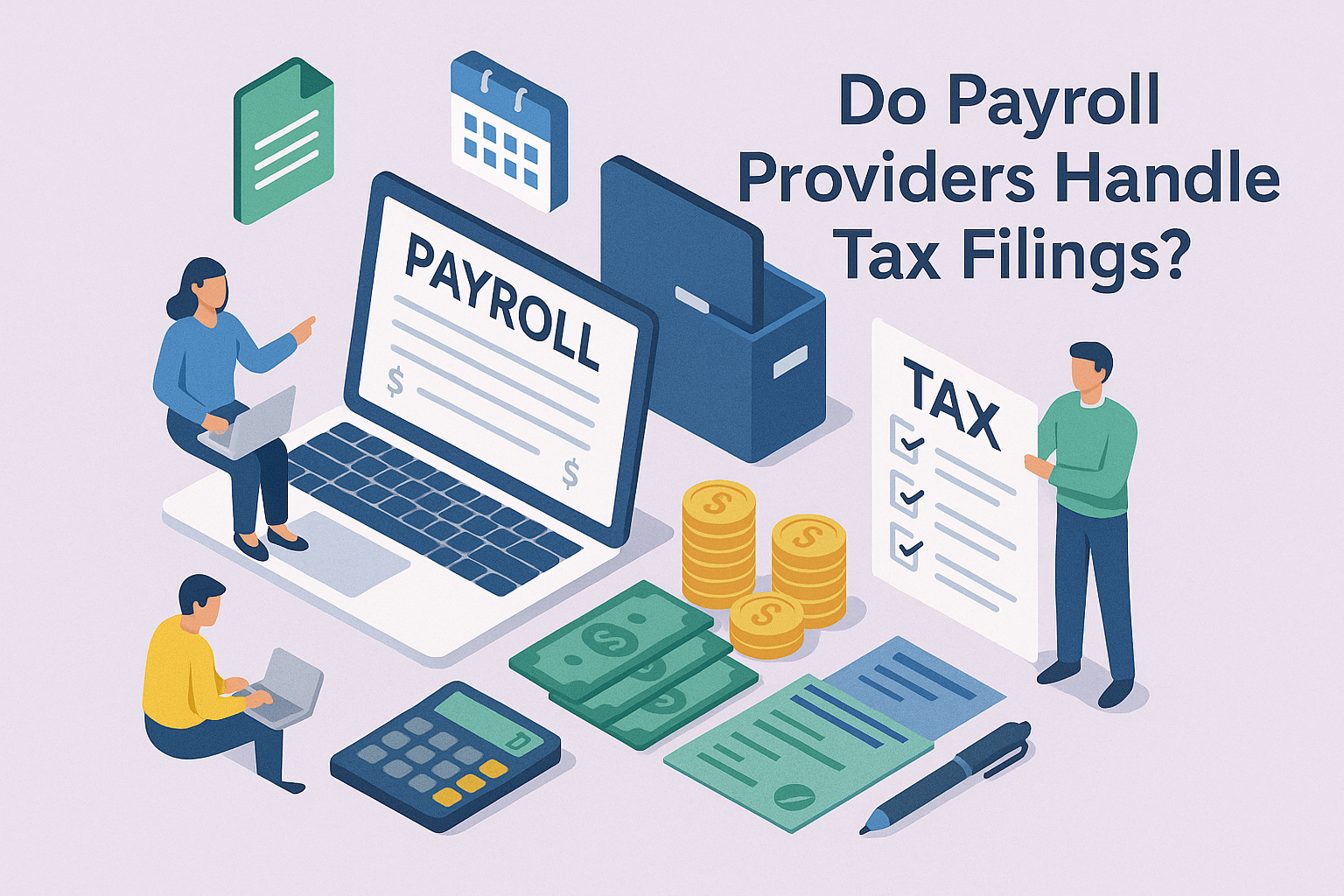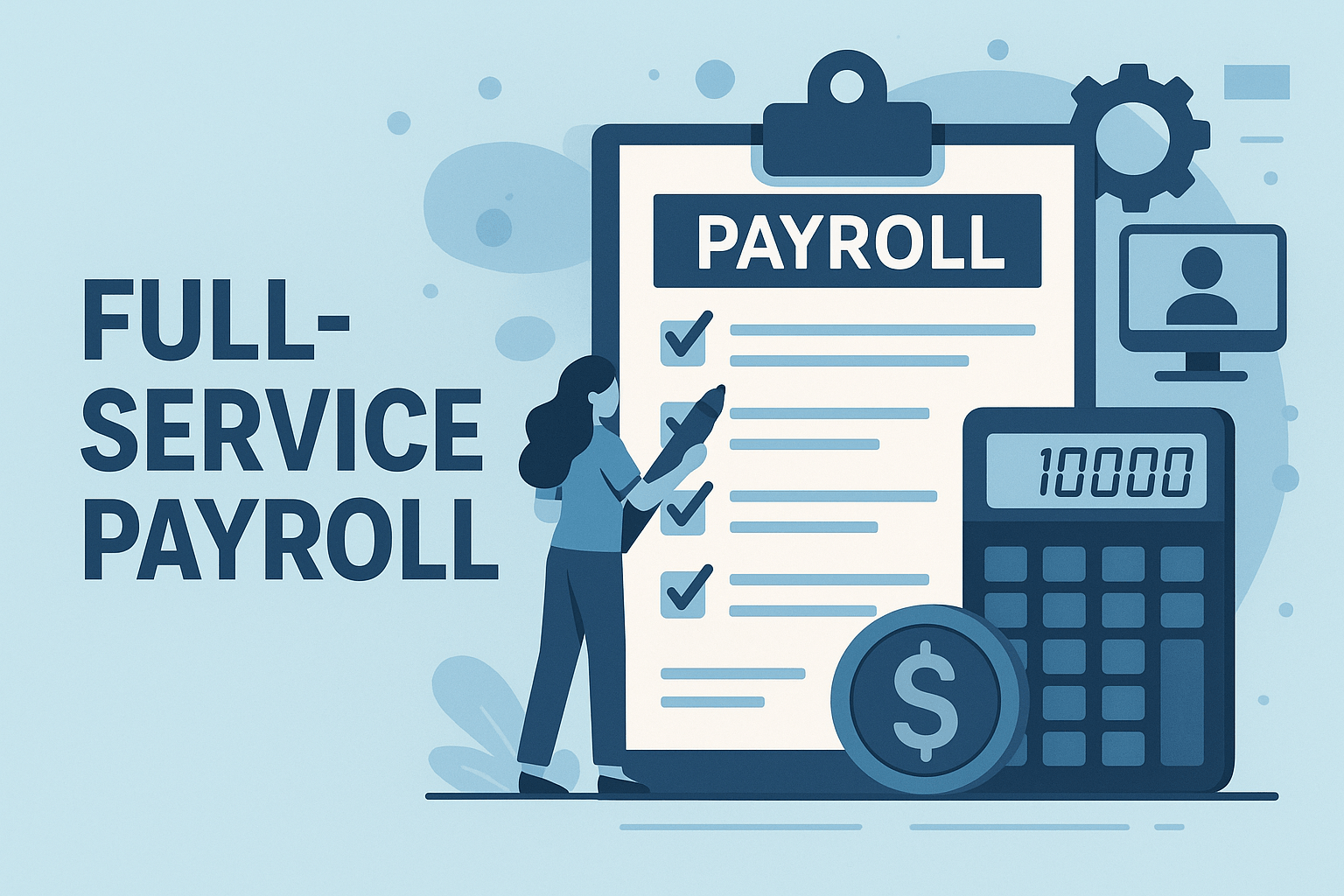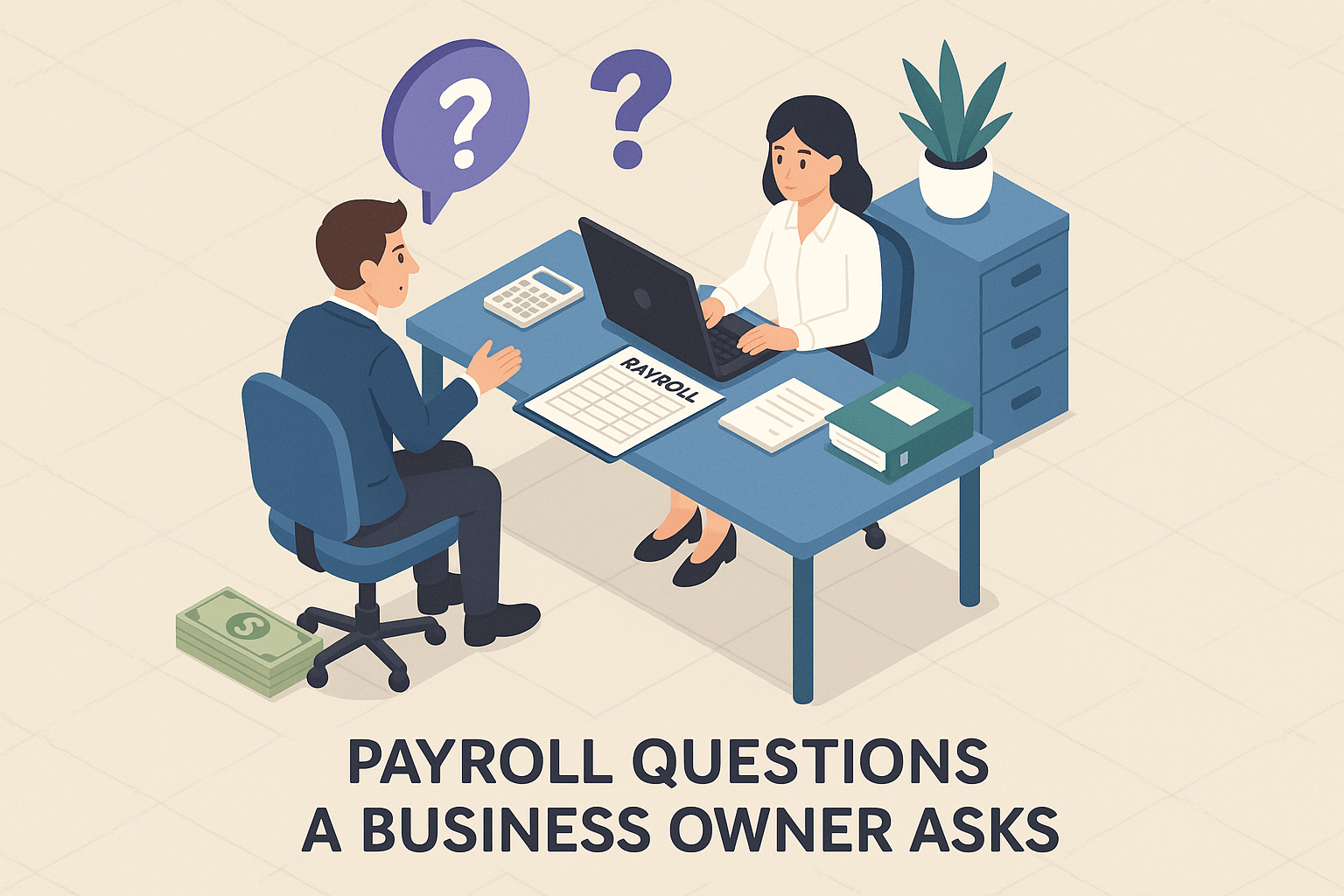Automating Time Tracking to Eliminate Payroll Errors
December 13th, 2024
3 min read
Managing payroll is a crucial part of running a business, but manual time tracking often turns it into a maze of errors and inefficiencies. From missed overtime payments to incorrect deductions, payroll mistakes hurt your bottom line, frustrate employees, and expose your business to legal risks.
These errors often stem from outdated systems—punch cards, spreadsheets, and handwritten logs. Sound familiar? If so, you’re not alone. Many businesses face the same challenges, but there’s a better way.
At Lift HCM, we’ve helped countless companies transform their payroll processes with automated time tracking. By the end of this article, you’ll understand the risks of manual systems, the benefits of automation, and how to implement it seamlessly in your business.
Table of Contents
- Why Manual Time Tracking Leads to Payroll Errors
- The Hidden Costs of Payroll Mistakes
- Automation: The Solution to Payroll Headaches
- Top Features of Automated Time Tracking Systems
- How to Implement Automated Time Tracking Today
- A Smarter Approach to Payroll Management
Why Manual Time Tracking Leads to Payroll Errors
Manual time tracking—be it via timesheets, punch cards, or spreadsheets—is inherently flawed. Here’s why:
- Human Error: Employees might misreport their hours, either accidentally or intentionally. Studies suggest that 49% of workers admit to adding extra time to their timesheets occasionally.
- Time Theft: Practices like "buddy punching," where one employee clocks in for another, cost U.S. employers $373 million annually.
- Administrative Overload: Manually inputting and reconciling data is time-consuming, leaving room for costly mistakes.
As your business grows, these issues compound, creating more work for your payroll team and increasing the likelihood of financial errors.
The Hidden Costs of Payroll Mistakes
1. Financial Losses
Overpaying employees due to incorrect calculations or time theft drains company resources. Underpayments, on the other hand, can lead to costly legal disputes. Mistakes in tax filings often result in penalties from the IRS.
2. Legal Risks
Mistakes in wage compliance, such as failing to pay overtime or improperly classifying employees, expose businesses to lawsuits and fines. The Fair Labor Standards Act (FLSA) has stringent regulations, and violations can result in penalties of $1,000 or more per infraction.
3. Employee Morale
Payroll errors erode trust. Employees expect accurate and timely paychecks, and repeated mistakes signal negligence. Low morale leads to decreased productivity and higher turnover, increasing recruitment costs.
Key Stats on the Financial Impact of Payroll Mistakes:
- Each payroll error costs a company $291 on average.
- For a company with 1,000 employees, payroll errors can cost up to $922,131 annually.
- The average organization makes 15 corrections per payroll period.
- Missing or incorrect time punches cost companies about $78,700 per 1,000 employees per year.
- Unentered sick time is the most expensive payroll mistake, costing $705 per incident.
- 33% of employers make payroll errors that cost billions of dollars annually, according to the IRS.
- On average, approximately 40% of small businesses accrue $845 in IRS penalties every year due to payroll irregularities.
(Source: Businesswire)
Types of Payroll Errors and Their Costs:
- Time/attendance and expense errors: $250,000 per 1,000 employees
- Vacation/PTO/sick time request errors: $220,000 per 1,000 employees
- Benefits errors: $140,000 per 1,000 employees
- Schedule earnings and deductions errors: $135,000 per 1,000 employees
- W4 and tax allocation change errors: $135,000 per 1,000 employees
(Source: Businesswire)
Automation: The Solution to Payroll Headaches
Automated time tracking systems address these issues head-on, providing a reliable and efficient alternative to manual processes.
1. Real-Time Tracking
Modern systems record employee hours using biometric scanners, GPS-enabled apps, or desktop software. This minimizes discrepancies and ensures accuracy.
2. Error Reduction
By syncing with payroll software, automated systems handle complex calculations for hours worked, overtime, and deductions. This reduces the potential for human error.
📉 Stat: Companies using automated time tracking report a 30% reduction in payroll processing time on average, and a 60% reduction in payroll errors after switching to automated systems.
3. Enhanced Compliance
Automation ensures compliance with labor laws by flagging potential violations, generating audit-ready reports, and applying tax laws based on employee location.
Top Features of Automated Time Tracking Systems
When choosing a time tracking system, prioritize these features:
- Seamless Integration: Your automated system should integrate with your existing payroll and HR software. This ensures smooth data flow and reduces administrative effort.
- User-Friendly Interface: Adoption is critical. Systems with simple dashboards, mobile apps, and intuitive workflows make it easier for employees and managers to use the platform effectively.
- Scalability: A good system grows with your business. Whether you’re expanding teams or opening new locations, your time tracking tool should handle increased complexity without disruptions.
Below is a bar graph illustrating the financial benefits of automation, showing the cost reductions across key areas such as payroll errors, time theft, administrative costs, and compliance penalties.

How to Implement Automated Time Tracking Today
Transitioning to automated time tracking is easier than you might think. Here’s a step-by-step guide:
- Evaluate Your Needs: Identify the pain points in your current time tracking and payroll processes. What’s costing you the most time or money?
- Research Vendors: Look for reputable providers offering scalable and integrated solutions. Customer reviews and demos can help narrow your options.
- Engage Your Team: Involve employees early to get their buy-in. Highlight benefits like reduced errors and faster payroll processing.
- Start Small: Test the system with one department or a small group before rolling it out company-wide.
- Monitor and Optimize: Regularly review the system’s performance and gather feedback to make adjustments as needed.
A Smarter Approach to Payroll Management
For too long, businesses have accepted payroll errors as a necessary evil. But with automated time tracking, you can turn a pain point into a competitive advantage.
By implementing the right tools, you’ll reduce errors, enhance employee satisfaction, and free up valuable time for strategic initiatives. At Lift HCM, we’ve guided businesses like yours through this transition, ensuring a smooth and effective implementation.
Don’t let payroll errors hold your business back. Schedule a free consultation with Lift HCM today and discover how automation can transform your operations!
Caitlin Kapolas is a results-driven professional with a strong background in account management and retail. She is dedicated to improving client experiences and building lasting relationships. Caitlin excels in identifying client needs, resolving issues, and implementing customized solutions that drive value. Her effective communication skills ensure high client satisfaction and loyalty, making her a trusted advisor and partner in meeting client needs with precision and professionalism.




.png?width=1536&height=1024&name=Create%20a%20background%20that%20reads%2c%20How%20Long%20to%20Keep%20P%20(1).png)


















